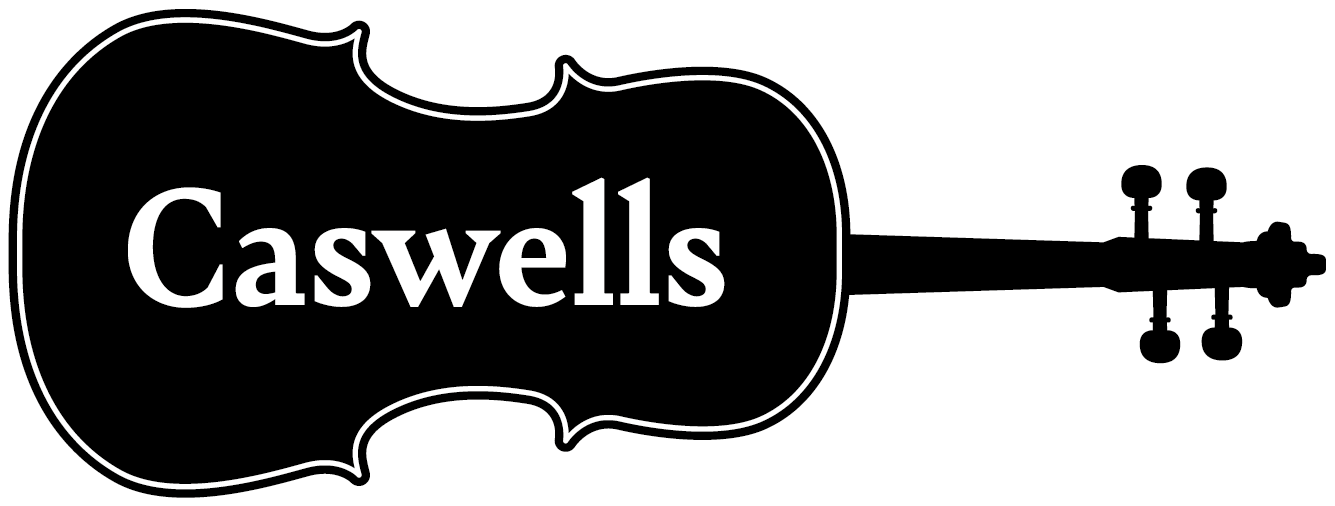
Help! Which strings do I need? Part 2
There are currently quite a number of brands, string types and tensions. But which strings are the best for me? Or, to be more precise, which strings are the best for your instrument? There is not one clear answer to this question, but with this short guide we can hopefully guide you to what will most likely be the most suitable.
Strings for string instrument can roughly be subdivided into three types – those with a gut core, those with a synthetic core and those with a steel core.
We will be covering the three categories in more depth and this is the second article where we look at synthetic core strings.
Strings with a SYNTHETIC core
The core used with these strings consists of a synthetic substance such as Nylon or a similar composite material, around which are wound various grade of thin metal wire. The winding can be precious or semi-precious metals such as aluminium, chrome, silver or gold. The whole drive behind the ongoing research into synthetic core strings, is to achieve the warmth and overtones associated with gut, whilst retaining the advantages of a nylon core.
These strings are very popular because they offer wonderful tonal qualities but are stable and very quick to play in, stay in tune, are responsive and longer lasting. Many professional players in an orchestral setting, are now using the more expensive modern brands – Evah Pirazzi, Obligato, Peter Infeld and Vision. The ever-popular Dominant strings are middle of the range both in price and tonal quality, whilst even less expensive brands are still very acceptable; Tonica, Pro-Arte and Warchal. Most are available for smaller instruments.
Modern research is moving towards removing any disadvantages of synthetics, but many players still stay with traditional gut strings which offer greater desirable complexity of over-tones; where the modern synthetic strings could be overpowering in an ensemble setting.
Recommended is to consider using synthetic core strings if you own a modern instrument which is built to cope with the higher tensions and you are looking for a more powerful, yet still-warm sound. The usual advice is to experiment, reaching out to the sound you are seeking and starting with the cheaper brands.
Advantages of synthetic core strings:
- Wide variety on offer
- Different options: from warm and intimate to bright and powerful
- Very short settling in period
- They stay more in tune better than gut strings
- Easier bow and left hand response than gut strings
- More and more less expensive synthetic core strings available
Disadvantages of synthetic core strings:
- Top brands can be very expensive
- Some types of synthetic strings have a limited lifetime
- Despite recent developments they still lack the complexity (over- and undertones) of gut strings
Synthetic core strings are ideal for:
- Modern (newly built) instruments that don’t react well on the low tension of gut core strings
- Instruments that need more articulation than is possible with gut core strings
- String players that want to experiment with different types of sound, because of the large offering in synthetic core string types
- Young/student string players wanting a warmer sound on small instruments



